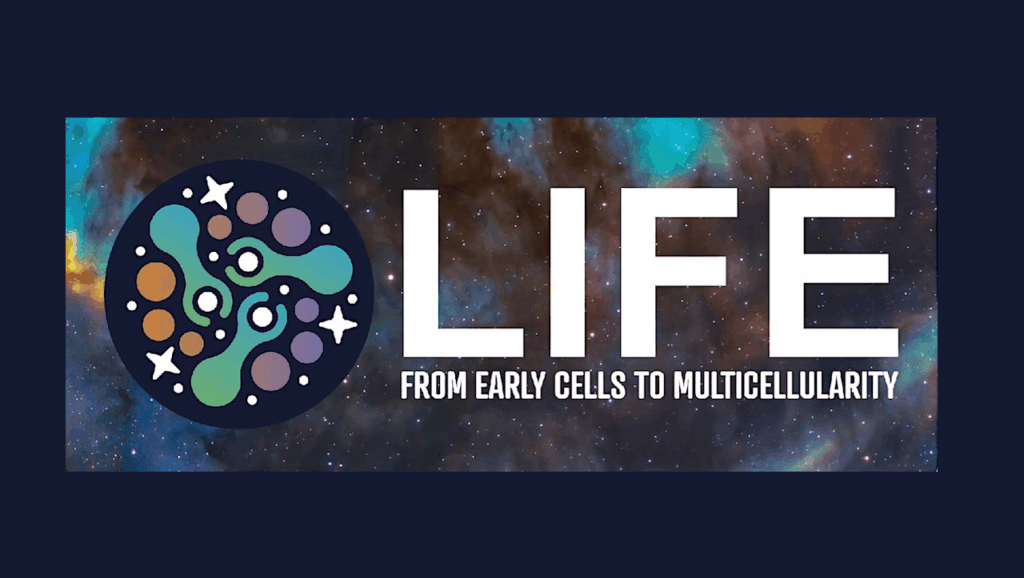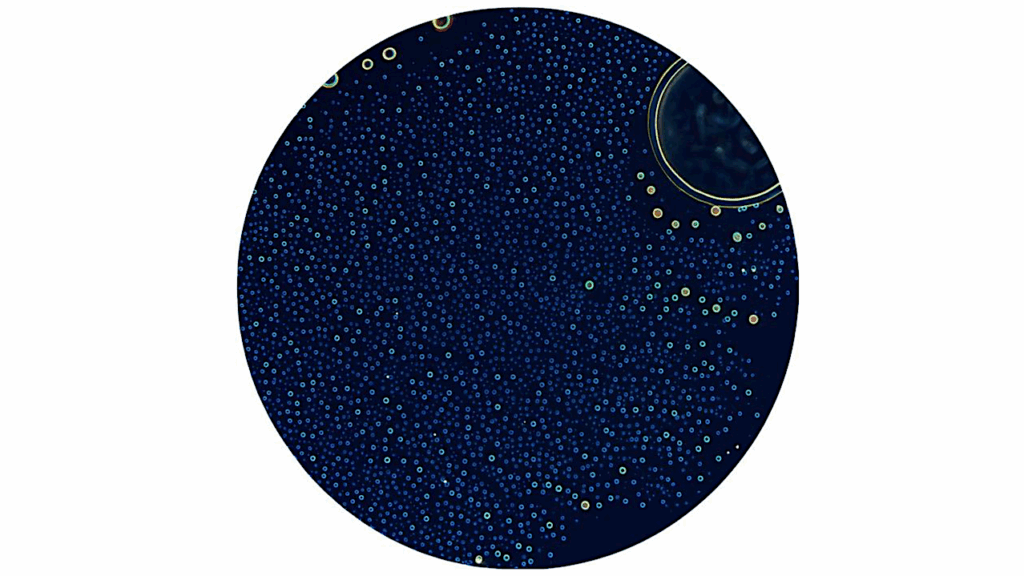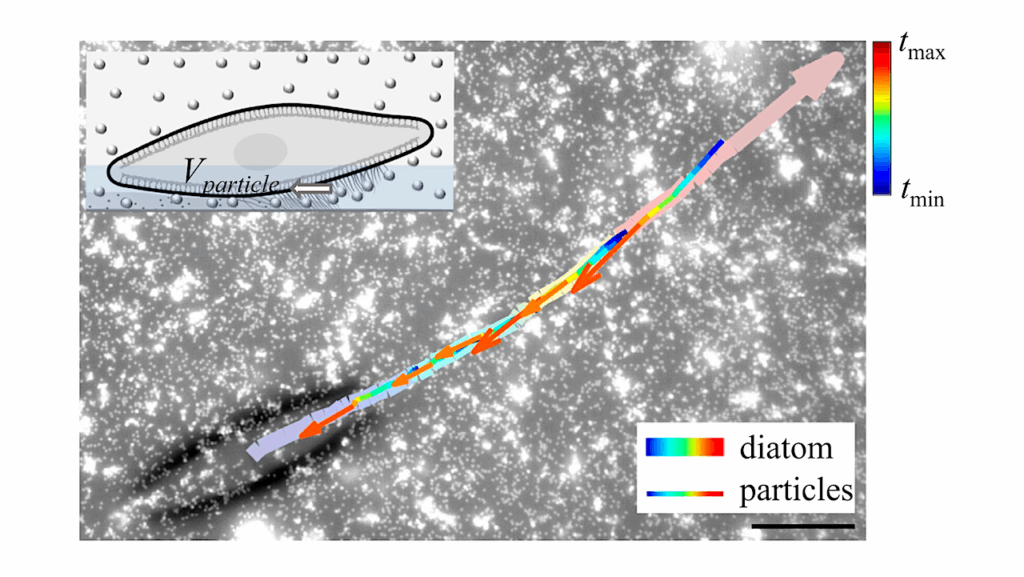The Key Steps in the Origin of Life to the Formation of the Eukaryotic Cell

The path from life’s origin to the emergence of the eukaryotic cell was long and complex, and as such it is rarely treated in one publication.
Here, we offer a sketch of this path, recognizing that there are points of disagreement and that many transitions are still shrouded in mystery. We assume life developed within microchambers of an alkaline hydrothermal vent system. Initial simple reactions were built into more sophisticated reflexively autocatalytic food-generated networks (RAFs), laying the foundation for life’s anastomosing metabolism, and eventually for the origin of RNA, which functioned as a genetic repository and as a catalyst (ribozymes).
Eventually, protein synthesis developed, leading to life’s biology becoming dominated by enzymes and not ribozymes. Subsequent enzymatic innovation included ATP synthase, which generates ATP, fueled by the proton gradient between the alkaline vent flux and the acidic sea.
This gradient was later internalized via the evolution of the electron transport chain, a preadaptation for the subsequent emergence of the vent creatures from their microchamber cradles. Differences between bacteria and archaea suggests cellularization evolved at least twice. Later, the bacterial development of oxidative phosphorylation and the archaeal development of proteins to stabilize its DNA laid the foundation for the merger that led to the formation of eukaryotic cells.
Clifford F. Brunk and Charles R. Marshall
Life 2024, 14(2), 226; DOI: 10.3390/life14020226
Astrobiology








